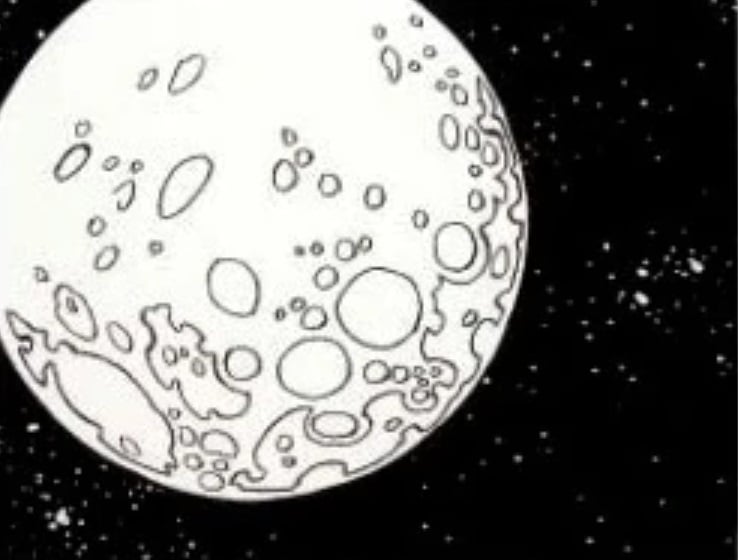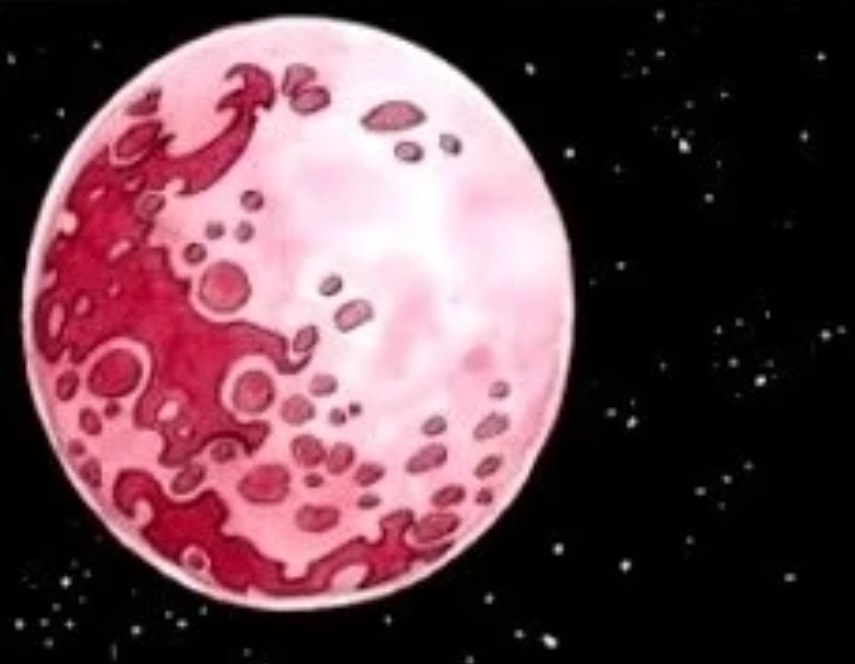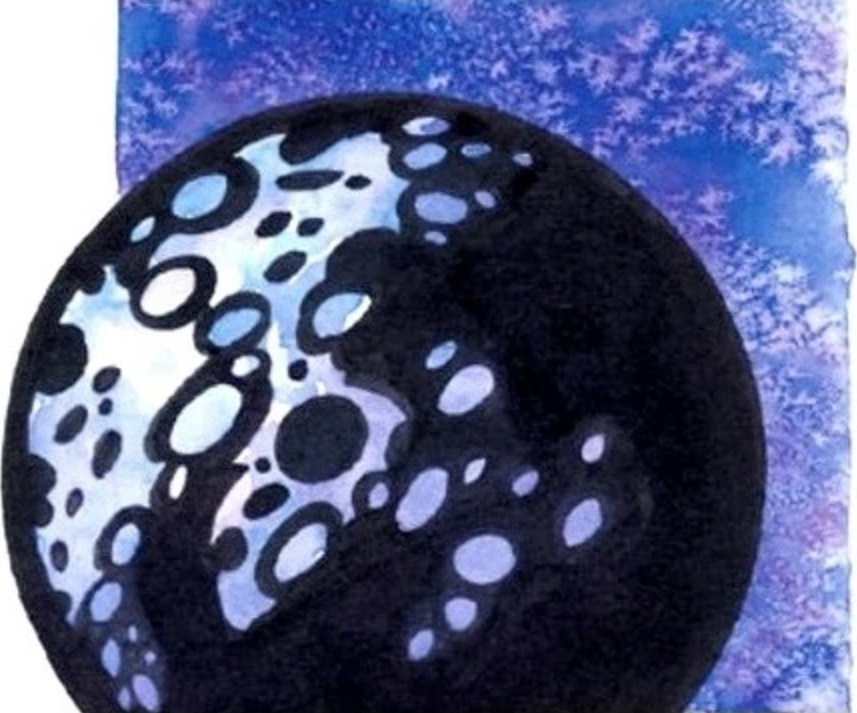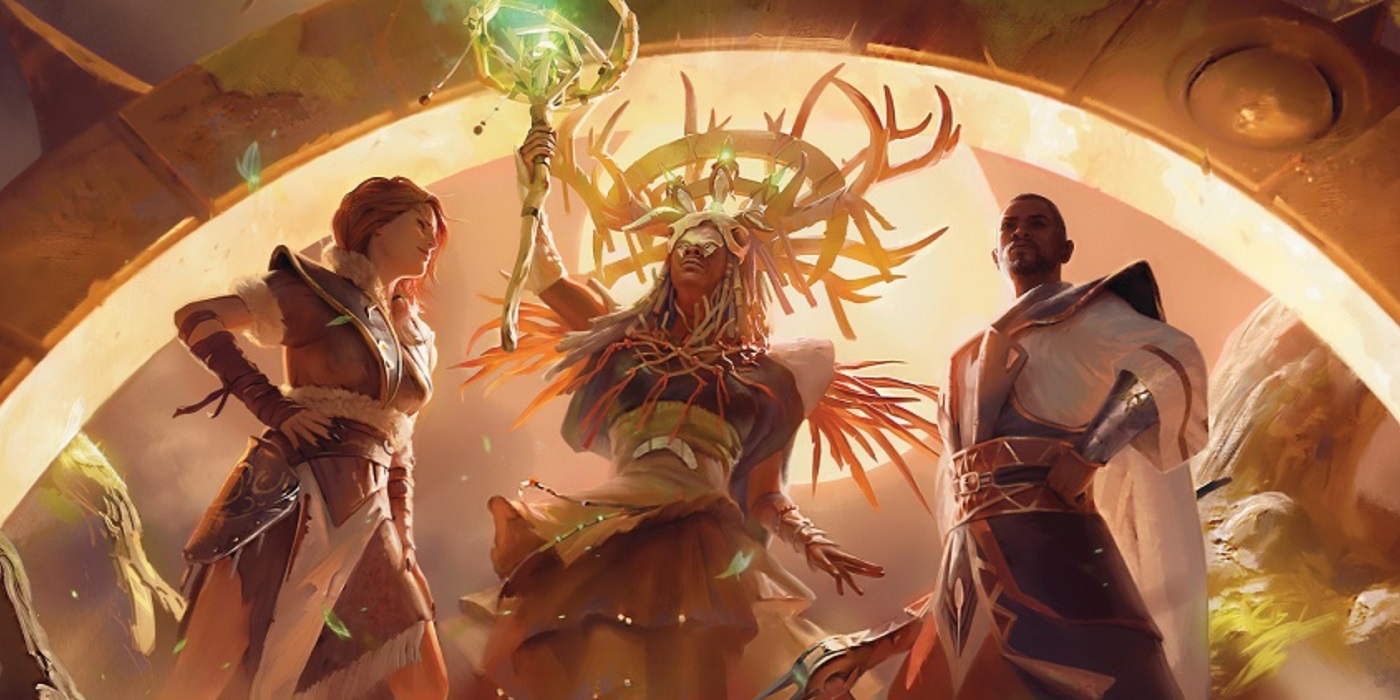D&D: Moons of Dragonlance – An Adventurer’s Guide
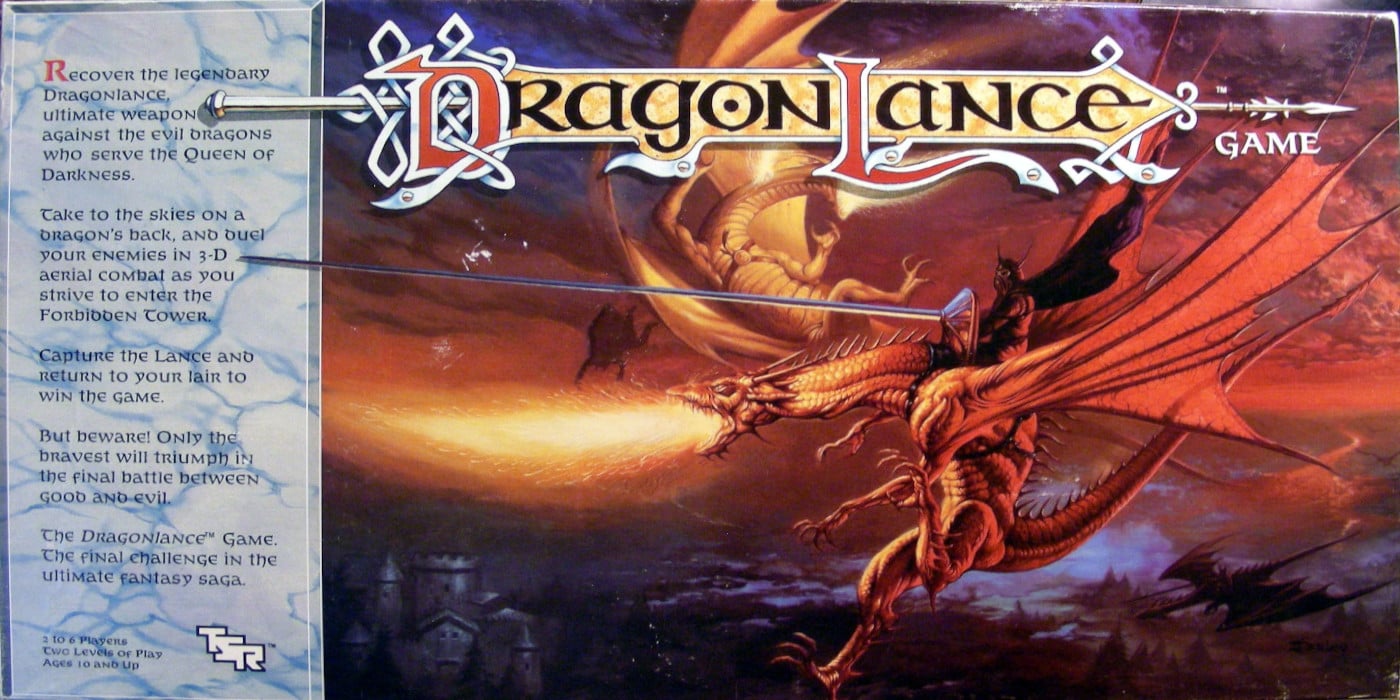
Why settle for one moon, when, like the world of Krynn, you could have three? Here’s what you need to know about the Moons of Dragonlance.
Dragonlance took everything everyone loved about the idea of fantasy stories, specifically in the 1980s, and tossed it in a blender set to “molecularize.” That is to say, they didn’t reinvent the wheel, but instead used that freed-up time to see how many more wheels they could fit. Dragons, dragon gods, dragon dudes. The list goes on. But surprisingly, for a world about dragons, it has just as much about Wizards. And every Wizard needs to know about the magical moons. Especially in a world like Krynn, where there are many.
Because Dragonlance goes all in on moons. In fact, it goes all in on magic moons. So much so that their position in the sky can affect the course of history and mages. In fact, in the recent Shadow of the Dragon Queen adventure, which has its ups and downs, you can let the magical moons shape your character!
But why is this the case? Is it because Dragonlance is arch-fantasy, meant to be read while listening to Rush and slamming back cans of Tab? Well, that’s one theory. But from within the world of Krynn, moons, and magic have their own special relationship. Dragonlance helped kick off the trend in D&D to have the Moon(s) also connect to the deity(ies) of Magic.
Dragonlance Moons – Celestial Bodies or Celestial Beings?
In Dragonlance, the moons Solinari, Lunitari, and Nuitari, also share their names with the deities of good, neutral, and evil magic respectively. Depending on which sages you read, the moons are perhaps the domains of their respective gods, or are powerful representations of their power, or are somehow also the gods themselves.
Most people tend to agree on the “domains of the gods” though and settle for arguing about the specifics. This is because the surfaces of the moons vary so much.
It should be noted that all of Dragonlance’s moons are completely inhabitable, if not downright welcoming to life. All three have breathable atmospheres, all three have temperate regions, and all three are home to their own interesting regions.
Solinari – Moon of Good Magic
Named for the god of good magic, Solinari shares much of the qualities of its namesake. It is glowing and watchful, keeping its face on the world.
This moon appears, from the surface of Krynn, to be a mysterious glowing ball of mist, always shrouded in clouds. However, Solinari is tidally locked. It only ever shows one side of itself to Krynn, the other faces the outer darkness of the void.
The half that faces Krynn is temperate beneath the mist, rife with lush forests, lakes, and low hills. On the dark side of the planet, however, it is barren and desolate, and cold. Nevertheless, life thrives on this moon, with magic moon apes and plasmoids calling the surface their home.
Lunitari – The Red Moon of Neutral Magic
Lunitari is the red moon of Dragonlance. Named for the goddess of neutral magic, this moon is the biggest and most diverse. It has continents and regions. One might sail the clear lake, or cross the sea of sleep or the sea of stars.
The atmosphere is not only breathable, but it is also full of places where life might thrive. With pools of clear water, verdant oases, and a seemingly endless cloudless sky, the moon is an idyllic, pastoral landscape.
Which is why most of the inhabitants of this moon prefer to stay on it. Few who live there ever live. Even the odd spelljamming ship that ends up being pulled into the celestial body by misfortune (which happens way more often than you’d think), tends to remain, as crews find a simple paradise waiting for them.
Nuitari – The Dark Moon
Nuitari is the dark moon and it is associated with Nuitari, the god of evil magic. It has the cleanest atmosphere of all three moons, and the reason for this is the dense, thick vegetation and dark mountains giving the satellite its signature appearance.
None can say how many inhabitants make their home here–most of Nuitari’s inhabitants hide from observation, either living in the caverns of Nuitari or hiding on the surface. When explorers visit the moon, they quickly discover just how inhabited it is–though the beholder colony that makes their home here is quick to ensure this lesson is not passed on to others.
At any rate, the three moons of magic are as mysterious as the deities that give them their names.
Happy Adventuring


